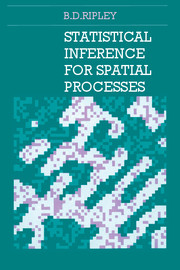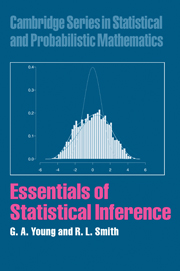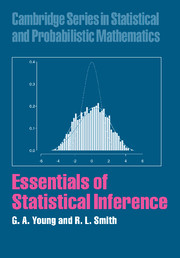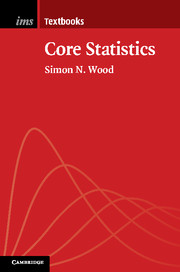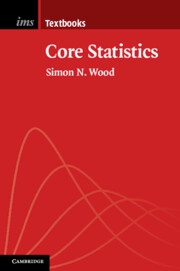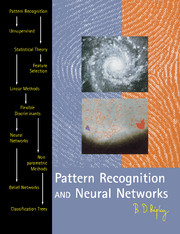Statistical Inference for Spatial Processes
The study of spatial processes and their applications is an important topic in statistics and finds wide application particularly in computer vision and image processing. This book is devoted to statistical inference in spatial statistics and is intended for specialists needing an introduction to the subject and to its applications. One of the themes of the book is the demonstration of how these techniques give new insights into classical procedures (including new examples in likelihood theory) and newer statistical paradigms such as Monte-Carlo inference and pseudo-likelihood. Professor Ripley also stresses the importance of edge effects and of lack of a unique asymptotic setting in spatial problems. Throughout, the author discusses the foundational issues posed and the difficulties, both computational and philosophical, which arise. The final chapters consider image restoration and segmentation methods and the averaging and summarising of images. Thus, the book will find wide appeal to researchers in computer vision, image processing, and those applying microscopy in biology, geology and materials science, as well as to statisticians interested in the foundations of their discipline.
- New paperback
- Subject matter has wide applications - of particular note is that to computer vision and image processing
Reviews & endorsements
"...required reading for anyone interested in the theory of spatial processes." Biometrics
"...provides an excellent snapshot of the spatial statistics in 1987 and ideas for more recent research topics. Although the mathematical content is quite sophisticated, the results are well explained....I highly recommend it to users of spatial statistics, particularly users of spatial point processes and spatial image models." James R. Koehler, Technometrics
Product details
July 1991Paperback
9780521424202
160 pages
229 × 152 × 9 mm
0.24kg
50 b/w illus.
Available
Table of Contents
- Introduction
- 1. Likelihood analysis for spatial Gaussian processes
- 2. Edge correction for spatial point processes
- 3. Parameter estimation for Gibbsian point processes
- 4. Modelling spatial images
- 5. Summarizing binary images.

